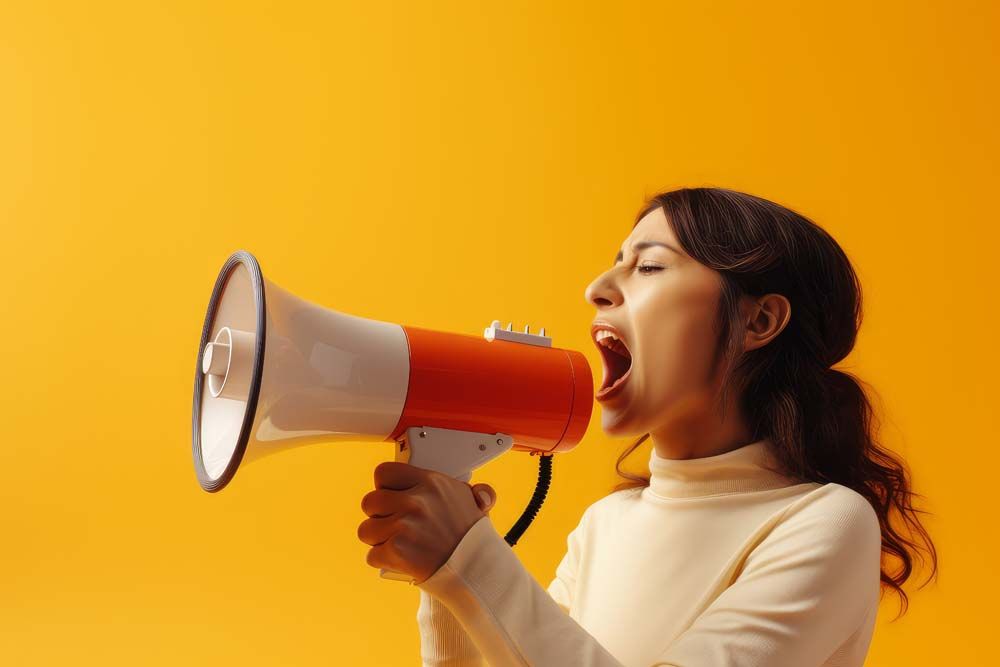Florida's Dairies


Sun, sand, sustainability!
I may have grown up a “Cheesehead” in Wisconsin, but as a Florida resident, I have been absolutely amazed at the sustainability of the dairy industry in this state.
But what does“sustainability” mean, really? How do farmers care for the soil, the water? What are regulations behind all of this? Are there benefits to farming in warmer climates like Florida?
To get answers, I’ve toured different larger-scale dairy operations s in Florida to learn not just where our milk comes from, but how sustainable they really are.
Using the resources naturally
For example, Alliance Dairy is a 12,000 head dairy farm in Trenton, Fla. where they continually recycle locally mined sand. Sand is known to be the “gold standard” of cow comfort with regards to bedding, but also because it also doesn’t harbor as much bacteria as other types of bedding. Plus, Florida has naturally has sandy soil, so it’s readily accessible in this part of the state.
At Alliance, sand is rotated out so the hot weather can “cook” it for 30 to 50 days on a pile to clean it.
Waste not, want more
Fully 14% of Florida’s milk production comes from this farm, producing 24.5 million fluid gallons annually. Economies of scale offer this dairy a power advantage. They have an on-site methane digester to power their farm with methane harvested from manure pits!
In addition to self-generated power, they monetize it by selling it back to the People’s Gas pipeline, earning carbon credits. They’re also heavily regulated with “report cards” in terms of water quality, regulated levels of nitrates and more. That’s sustainable!
Owner Jan Henderson’s father purchased enough land around the farm in 1990, so almost all of Alliance’s feed is grown within a five-mile radius. They utilize minimal tillage which is better for soil health, and low pressure drop nozzles on a fine mist irrigation system. Owner Jan is on the milk committee at Starbucks, where the highest quality standards of milk is one of the things this family dairy really prides themselves on.
Technological advances like the methane digester are a big part of how the dairy industry pledges to be carbon neutral or better by the year 2050!
About 70 miles north in Lee, Fla. lies Full Circle Dairy, where the Watts family capitalizes on integrating teamwork with technology. With nearly 60 employees, the 3,500 milking cow dairy farm this farm has even invested in robots that automatically clean the teats!
Regulation equals measurement
Florida has a very delicate ecosystem of sandy soils near sea level: the Okeechobee region, the Everglades, and more. (For reference, Marjory Stoneman Douglas was a very influential environmental extremist who had much influence in this discussion, which caused the state to lose over 25 percent of its dairies.)
But a lot of negative media attention is outdated, or they’re not getting the full story, or it’s purely a disinformation campaign. It’s important to go straight to the source and read the most recent peer-reviewed research.

Huge efforts and improvements have been made to reduce phosphorus — through feed, fertilizer, manure management, and more — and the Okeechobee water management district has put numerous regulations in place to oversee many different environmental aspects.
The Florida Department of Environmental Regulation also created a dairy rule in 1989 that required every farmer to have a nutrient management Best Management Practices plan or they were given a stipend to relocate their cows to another state.
Basically dairies must stick to their plan to stay in business in Florida, or required to relocate if they don’t follow the environmental rules.
It’s the only place in the country that requires this: Florida takes the environment very seriously.
Florida farmers are required to operate under a lot of permits through the Florida Department of Environmental Protection. Nutrient balancing between feed, manure, milk production, and more are all overseen. Partner these environmental regs with the fact that dairy farmers are producing more with fewer resources, and you have a recipe for success.
Fortunately for the dairy world, research shows they’re absolutely on the right track; caring for cows, the planet, following regulations and more.
About the author
When not tending to her own 17-acre farm, Michelle Miller aka The Farm Babe is a writer, public speaker, and social media influencer on food and modern agriculture. Learn more about her at thefarmbabe.com.
Think dairies operate in the 1800s? Watch this machine!
Meet Julia, a sustainable dairy farmer
Tags:The Farm Babe

Acreage Life is part of the Catalyst Communications Network publication family.














